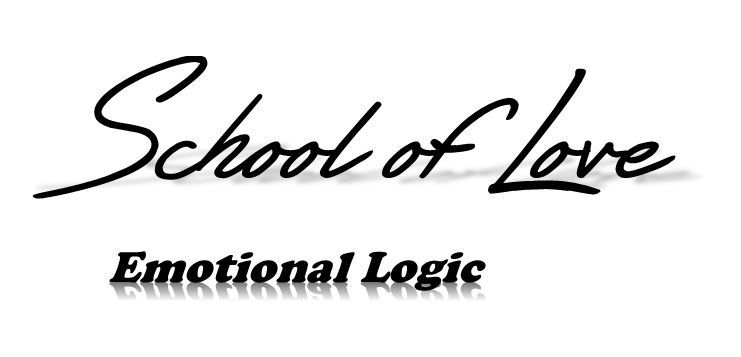Our Emotional Connection With Toddlers
Toddlers
When emotionally connected with parents, children act self-confident, have strong self-esteem and function at high levels socially, emotionally, mentally and physically. They are able to engage in reciprocal relationships, able to both give and receive love.
They are compassionate, express concern about the feelings and needs of others, have well-developed creativity and cooperate with other children and adults. Children who are emotionally bonded with parents are often seen as successful without people recognizing that their success is the result of a strong foundation of bonding with adult caregivers.
Bonding with parents and others, which usually starts at birth, allows a child to develop a sense of basic trust and safety. Securely bonded children have experienced a deep attunement with their parents that includes lots of physical contact, holding and nurturing touches and many pleasant reassuring messages to the child.
Children who are emotionally connected know their parents want them, and that they are loved for who they are. Secure bonding provides children with a solid social and emotional foundation so that they can begin to separate physically and emotionally between 9 and 36 months.
During this period, they learn to walk, feed themselves and become toilet trained. These acts of independence help them feel strong and secure enough to gradually move away from the dependency on their mothers. By age three, they are ready to spend more time with father. His role is to help the child safely explore his or her world, and move towards becoming emotionally autonomous human beings.
The stronger the bond between children and their parents, the easier it is for the children to separate. Insecurely bonded children struggle with emotional separateness. They often get caught in an internal conflict between wanting and needing more “baby time” and feeling pulled to explore the world.
Ideally, children should complete emotional separateness from their parents by about age three. Unfortunately, few children actually achieve this ideal, and they struggle with being independent, accountable and self-directed. This could create codependent behaviors in adulthood.
I believe the most effective way to consciously parent children is by continually asking ourselves why we are doing a certain thing. At the same time, we must assume and accept that many of our parenting motives and behaviors contain both distorted inter-generational beliefs and dysfunctional behavior patterns. These patterns can be corrected with intelligent parental training.


